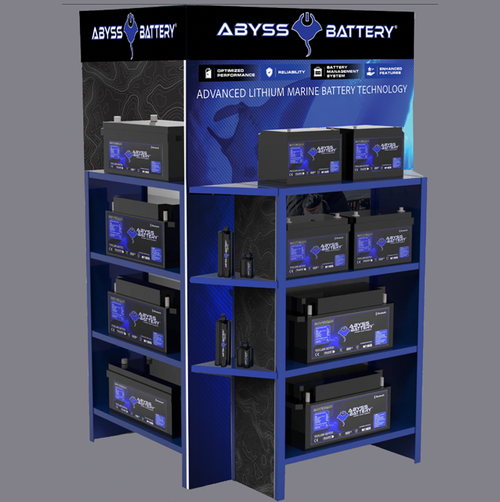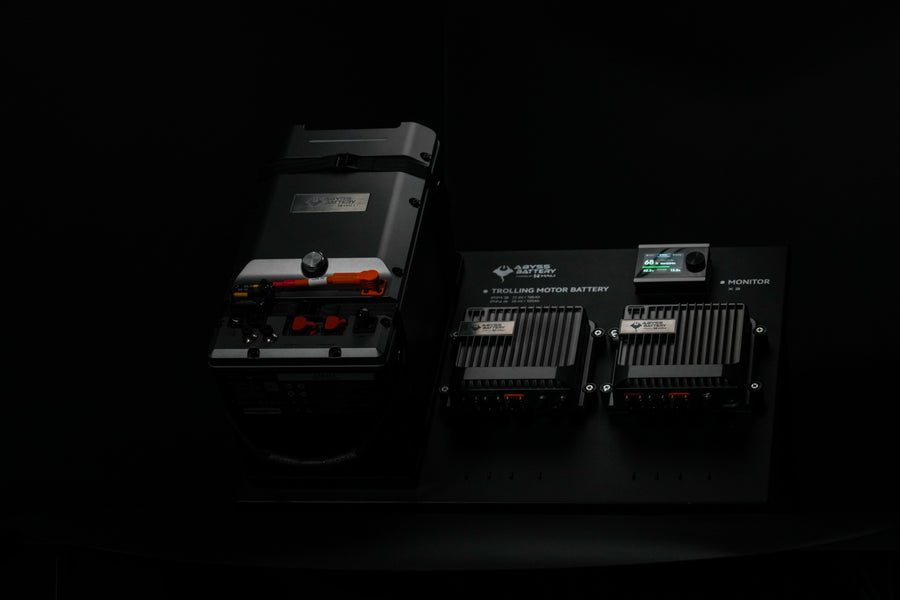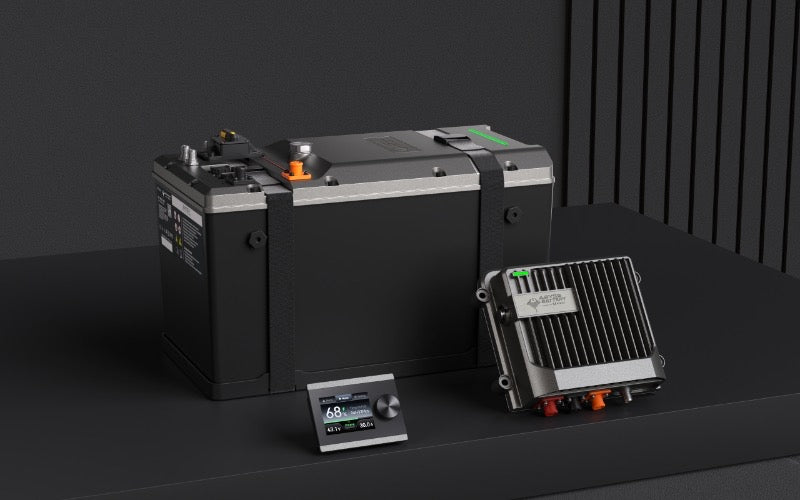Power needs, runtimes, and safety overview
How to Pick the Right Marine Lithium Battery
Marine Battery Buyer’s Guide
Stop guessing and start boating. This free guide shows how to size your boat’s power needs, estimate 12/24/36V trolling‑motor runtimes, compare lithium vs. lead‑acid, and check must‑have marine safety certifications (UN38.3/UL/CE)—so you get lighter weight, faster charging, and 8–10‑year life on the water.
Marine Battery Charging Tips
The battery in your boat is basically the heart of the whole system. If you don’t have a reliable battery, you aren’t driving a reliable boat, and you could unknowingly put yourself in danger. A lot of times, a battery becomes unsafe without the user realizing it because they don’t charge it properly between uses.
Charging your boat’s battery properly doesn’t require you to uncover any huge secrets, but there are a few things to keep in mind if you want to charge it efficiently. These marine battery charging tips will give you a better idea of how to best protect your batteries.
Fully Charge in Between Uses
No matter what kind of batteries you have, it’s always a good idea to charge them back to full in between uses. Modern lithium-ion batteries won’t be as affected by staying at a middling charge level compared to older lead-acid ones, but it’s still good practice to charge your batteries all the way up between every boat outing.
Avoid Overcharging
While fully charging is a good idea, you want to avoid overcharging your battery, as this can cause damage and reduce its lifespan. Some batteries can handle overcharging better than others, but it’s never a good idea to assume that overcharging is safe. You can buy battery chargers that automatically adjust their charge once they detect that the battery is full so that they don’t inadvertently overcharge it.
Use the Correct Charger Type
All batteries have a certain voltage that they can handle when charging. It’s crucial to match the voltages of your battery and charger whenever possible. You can try to use a charger with a different voltage level on some batteries, but doing so risks damaging the battery or the charger not working at all. Match up the voltages of your charger and battery so that everything runs smoothly.
Long Discharges for Deep Cycle Batteries
Deep cycle batteries are created to handle long discharge cycles and drain down their capacity quite a bit. Older batteries couldn’t handle draining to such low percentages, but you can drain newer lithium-ion batteries down to a very low charge without any issues. Charging a deep cycle battery doesn’t require you to be careful with its current charge, so don’t worry about using a lot of its power before plugging it in again.
With these marine battery charging tips, you’ll be set up for success each time you want to take your boat out. Here at Abyss Battery, we want you to feel comfortable with this process, so we’re always glad to help anyone who has questions about our products.
Useful Links

Angler Sponsorship Inquiry: Now Accepting 2025 Applications!
We are a company that understands how important sponsorship can be for any given athlete and will do everything it takes to support them with their sponsorships whether they are an individual competitor or someone working behind the scenes like a guide or tournament director.
Learn More
Become an Authorized Abyss Battery Dealer or Retailer
We design the best products and right programs that will help to grow your business. Our strong dealer network is one of Abyss' strategic advantages. We believe in building long-term partnerships with our dealers and we seek out those who believe in providing exceptional customer service.
Learn More
ReCharge+ Extended Battery Warranty Coverage
ReCharge+ from Abyss Battery® extends your Free 5-Year Replacement coverage by 2+ Additional years from your purchase date. You’ll get 24/7 priority access to our Battery experts by chat or phone and 50% off on a replacement battery for 10 years. ReCharge+ coverage transfers with your battery upon resale or when sold with your boat, adding resale value and peace of mind.
Learn More


